RoboCup: Building a Team of Robots That Will Beat The World Cup Champions
By 2050, robotic experts at the annual world robotic’s championship hope to create a team of robots that can best the winning World Cup team
In 1997, man and machine went head-to-head in a battle of strategical prowess; after six games of chess, world champion Garry Kasparov was defeated by IBM's Deep Blue supercomputer. It was hailed as a seminal moment in computer science—if a computer could beat a human at chess, a game long held as the pinnacle of mental strategy, what else could computers accomplish?
A little more than three months after Kasparov's defeat, a cadre of robotics experts sought to push another boundary in artificial intelligence. Convening in Nagoya, Japan, during the International Joint Conference on Artificial Intelligence, 40 teams of robotics experts participated in the world's first Robotics Cup. Their stated objective: By the middle of the 21st century, a team of fully autonomous humanoid robot soccer players shall win a soccer game, complying with the official rules of FIFA, against the winner of the most recent World Cup.
The manifesto, which might seem more like science fiction than a practical goal, wasn't an entirely new idea to the robotics community even in 1997. The concept of a robot soccer game had been kicked around the robotics community for years—it was first mentioned by Professor Alan Mackworth, of the University of British Columbia, in his paper "On Seeing Robots," where he argued that building a robotic soccer team could help solve several problems of modern robotics (their inability to cooperate, for instance, or their inability to determine where the ball might go). From that paper, Mackworth and his team at UBC launched the Dynamo Project, the world's first attempt at an autonomous robotic soccer team. The Dynamo Project carried out a series of successful experiments from 1992 through 1994, and is seen by many as the crucial precursor to the Robotics Cup.
From the first Robotics Cup (RoboCup, for short) in 1997, the competition has grown tremendously: at the 2013 RoboCup, held in Eindhoven, 2,500 participants from over 40 countries competed in various robotic challenges, from RoboCup@Home, which tests a robot's ability to perform helpful everyday tasks, to the RoboCup Rescue League, a competition that tests the ability of robots to succeed in disaster situations. But the most popular competitions remain the soccer leagues—at the 2013 competition, Queen Máxima of the Netherlands could be seen in the crowd, cheering on a team from Eindhoven University of Technology as they went robot-to-robot with a team from Beijing Information Science & Technology University, in the league final (the Beijing team came out victorious by a 3-2 score).
The RoboCup features five distinct soccer leagues; the last to join was the Humanoid League where robots are required to stand on two legs. It's an especially difficult league because it requires balance—a trait that's difficult for robots. In other leagues, like the Middle Size League, robots don't have to be human-like—which allows for teams to build robots with things like wheels and pneumatic cannons that shoot balls.
Soccer may be called "The Beautiful Game," but the players in RoboCup definitely lack the subtle artistry of soccer's human players. At an event in Washington, D.C., University of Pennsylvania professor Daniel Lee—who also serves as director of the university's GRASP (General Robotics Automation, Sensing, Perception) Lab—described the players as closer to "five year olds" than Ronaldos. In a Small Size league game, robots play with an orange golf ball. Humanoids in the Kid League (dubbed that for the robot's size, not the age of their programmers) use a tennis ball. Other leagues use soccer balls, though some of a smaller size than others.
The fields are rectangle and green, like a normal soccer field, but much smaller, with up to five robots allowed on a team. For Humanoid leagues, that number goes down to two. Games are also much shorter than a regulation (human) soccer match, consisting of two ten-minute halves (and a five-minute halftime break). Like any other soccer game, a goal is scored when a ball crosses the goal line completely, but unlike most soccer games (or at least the well-refereed soccer game), the offsides rule is not enforced. Like normal soccer, free kicks are awarded when robots commit any manner of sin, from playing in a dangerous manner to impeding the ability of a goalie. In situations where a robot behaves especially badly, human referees (who provide the only non-robot input allowed during a game) can dole out yellow or red cards.
While the robotic games might lack the acrobatic beauty of the world's finest soccer, improvements in technology have allowed RoboCup teams to make huge strides since the competition's inception. Processors are faster, meaning algorithms that once took minutes can now be executed by the robots in a few seconds—and materials have gotten less expensive, allowing more teams to compete. While the goal of the RoboCup might be to one day create a team capable of besting the World Cup champions, it's really a proxy for robotics research, pushing robotics forward through annual competition and idea swapping.
"It’s not just the soccer domain," Lee said. "It’s really thinking about artificial intelligence, robotics, and what they can do in a more general context." Hearing Lee talk, it's clear that he believes that robots might someday be able to surpass humans—at least strategically—in soccer, even though the machines aren't yet big enough, strong enough or fast enough to actually pose much of a threat to the world's best human players (even the biggest ones only come to about hip-height, not exactly giving them a vertical advantage over humans). But it's about more than chasing the 2050 goal: robotic soccer helps scientists gain a better understanding of human intelligence—how we balance, how we see, how we process information. It also helps improve robotic technology that might have a more practical application—the sensors that detect where a ball is could help improve sensors on self-driving cars, for instance. It's areas such as these—the physical areas—where Lee thinks robots still lag behind humans.
"Why is it that we have machines that can beat us in chess or Jeopardy but we can beat them in soccer?" he asks. "What makes it so difficult to embody intelligence into the physical world?"
Beyond the physical roadblocks, there's another part of soccer that gives robotics experts pause: the team aspect. We think of robots as autonomous beings, faceless technology that works—solitary—to improve the world. But the robots playing soccer are interconnected through wireless networks—ideally, they communicate with each other as a team. Creating autonomous robots that collaborate together is a difficult roadblock to overcome; but it's also one of the reasons Mackworth originally suggested creating a soccer team—to incentivize creating technology that might help robots, someday, seamlessly work together in practical applications.
The 2014 RoboCup will take place July 21-24 in João Pessoa, Brazil—and while it will certainly showcase some of the best robotics has to offer, Lee still thinks that the 2014 World Cup champions don't have anything to worry about, yet. "Maybe in 20 years we could develop a team of robots to play against the best World Cup teams," he said, explaining that while technology is rapidly improving, his robots "would still get creamed by Brazilian national team in soccer.”
/https://tf-cmsv2-smithsonianmag-media.s3.amazonaws.com/accounts/headshot/natasha-geiling-240.jpg)
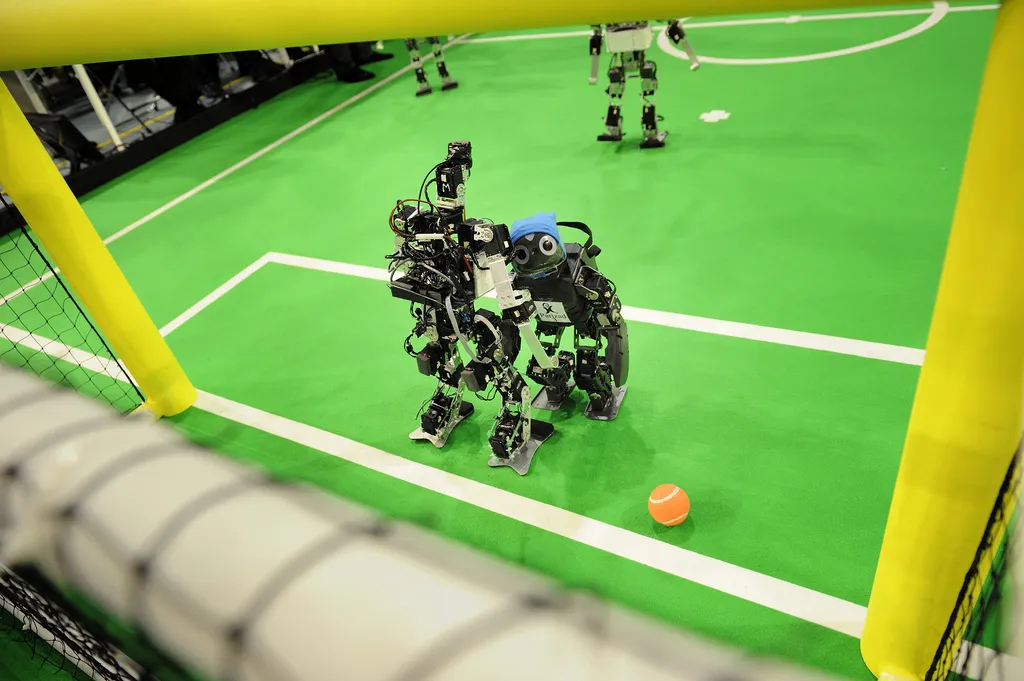
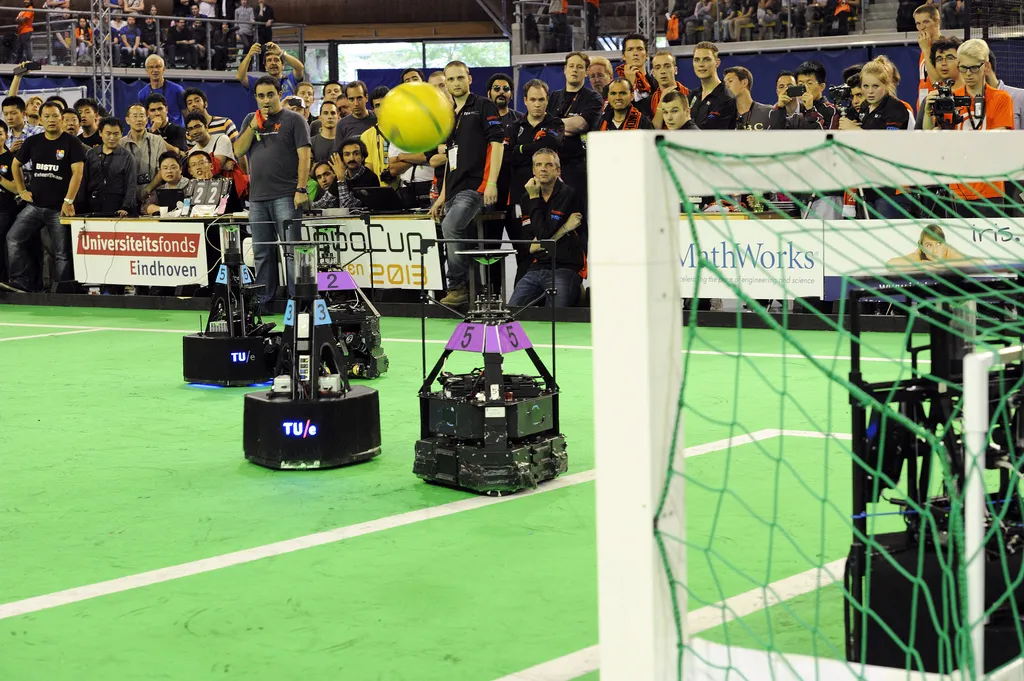
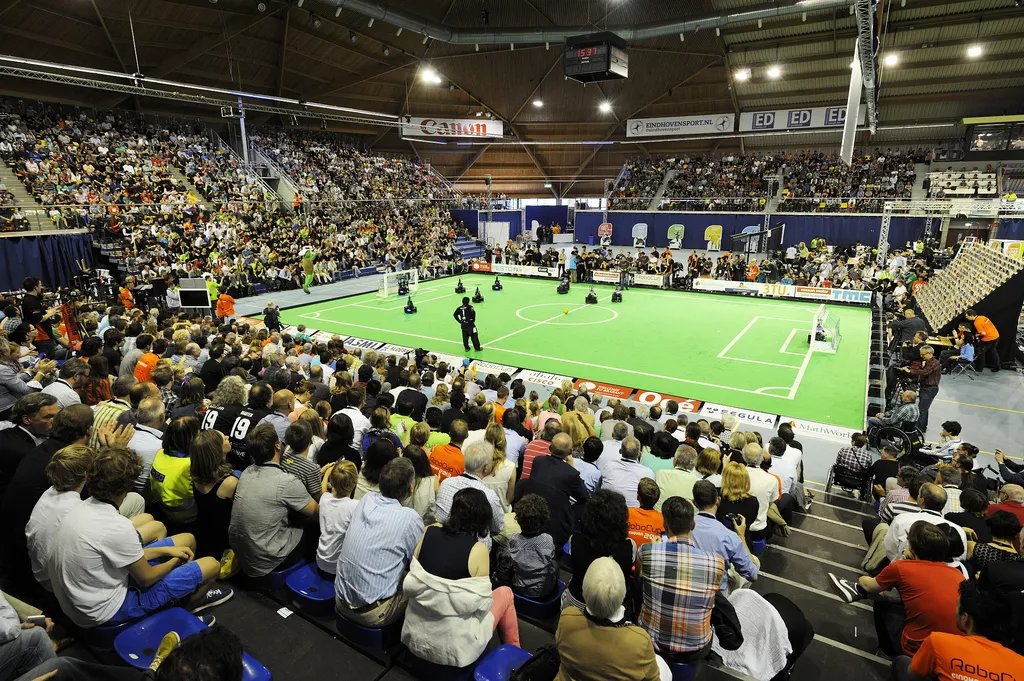

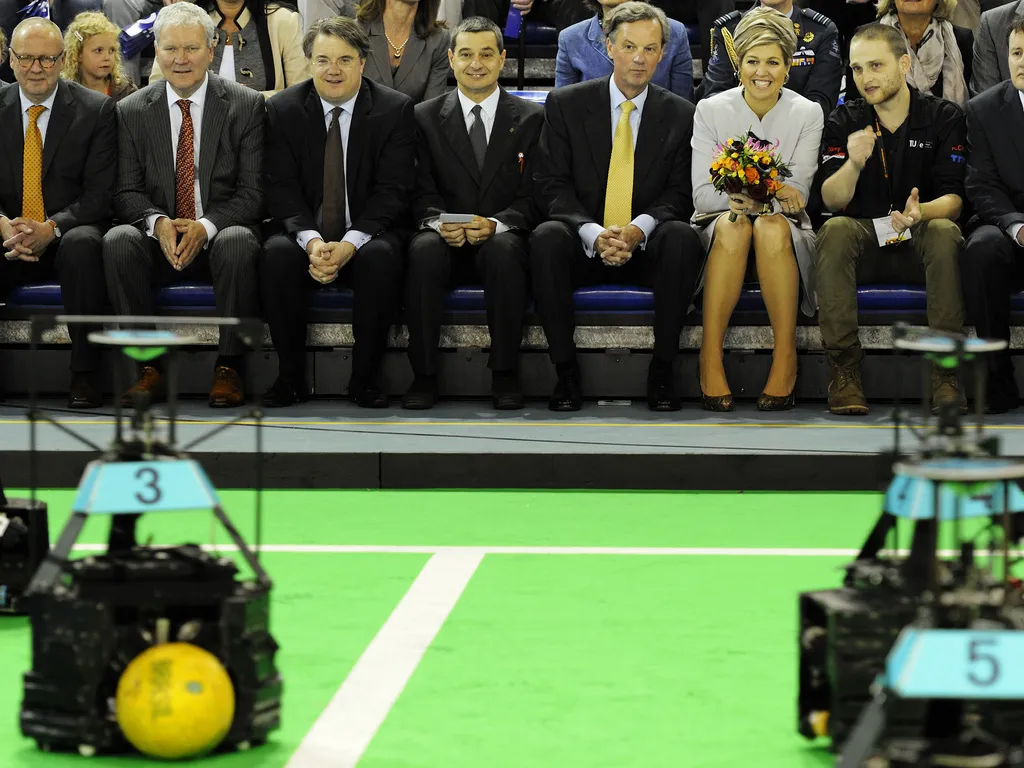
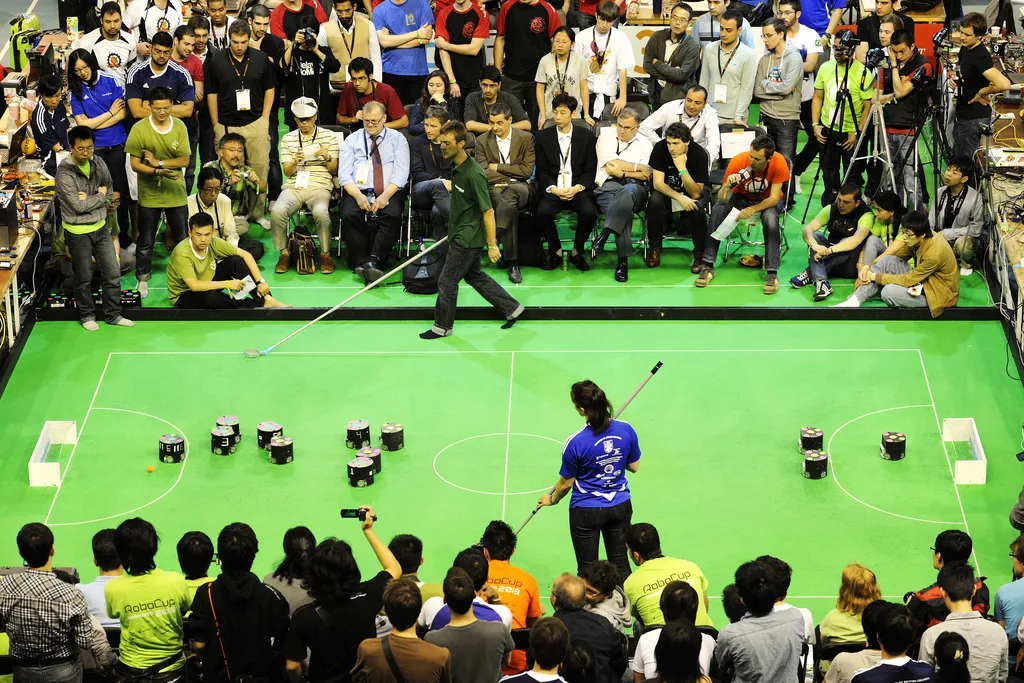
/https://tf-cmsv2-smithsonianmag-media.s3.amazonaws.com/filer/bb/88/bb88b337-cc50-4985-89bb-ae15b743323a/9151769704_2881b3881f_b.jpg)
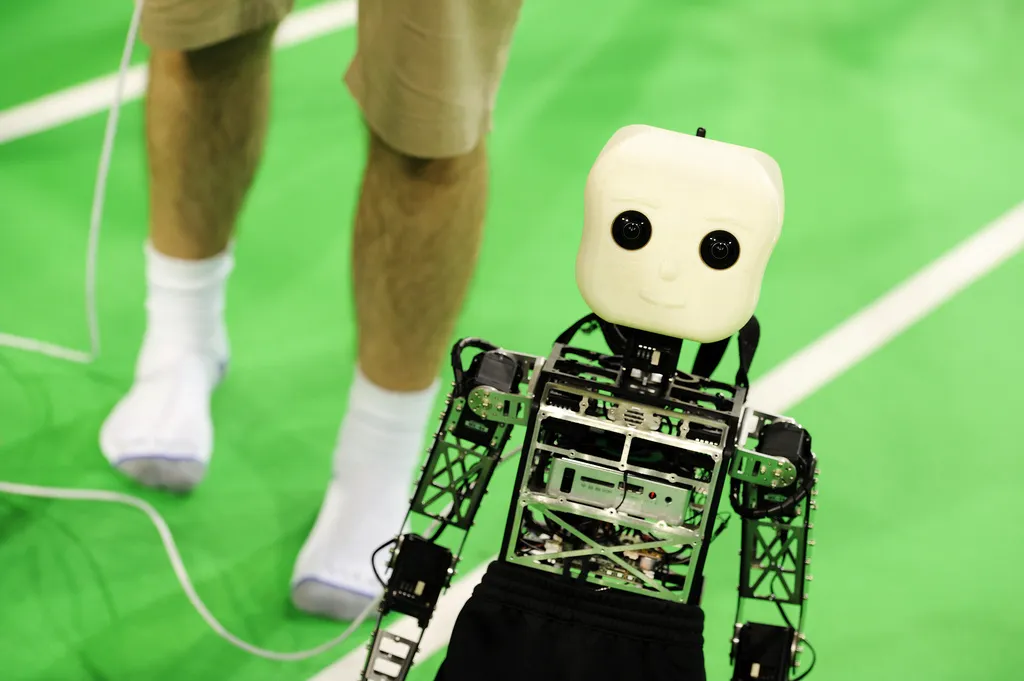
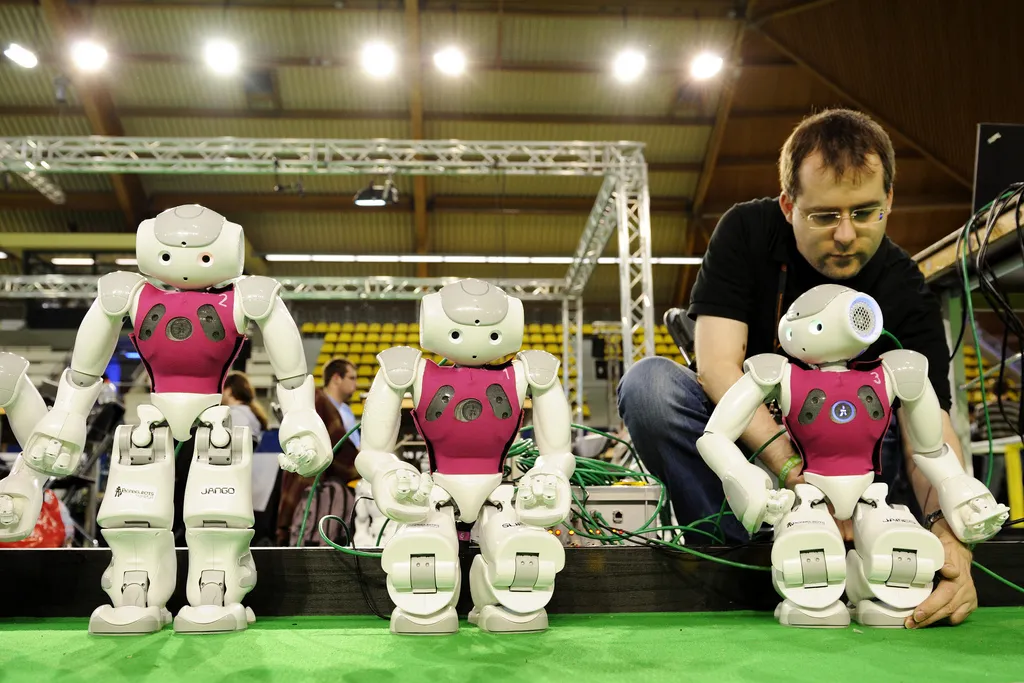
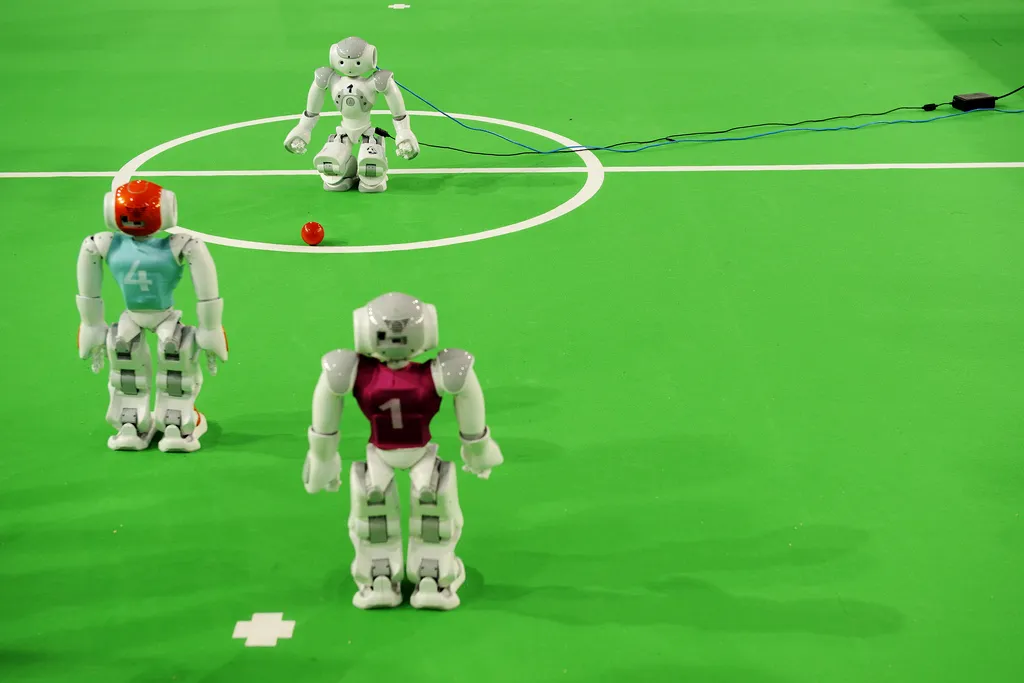
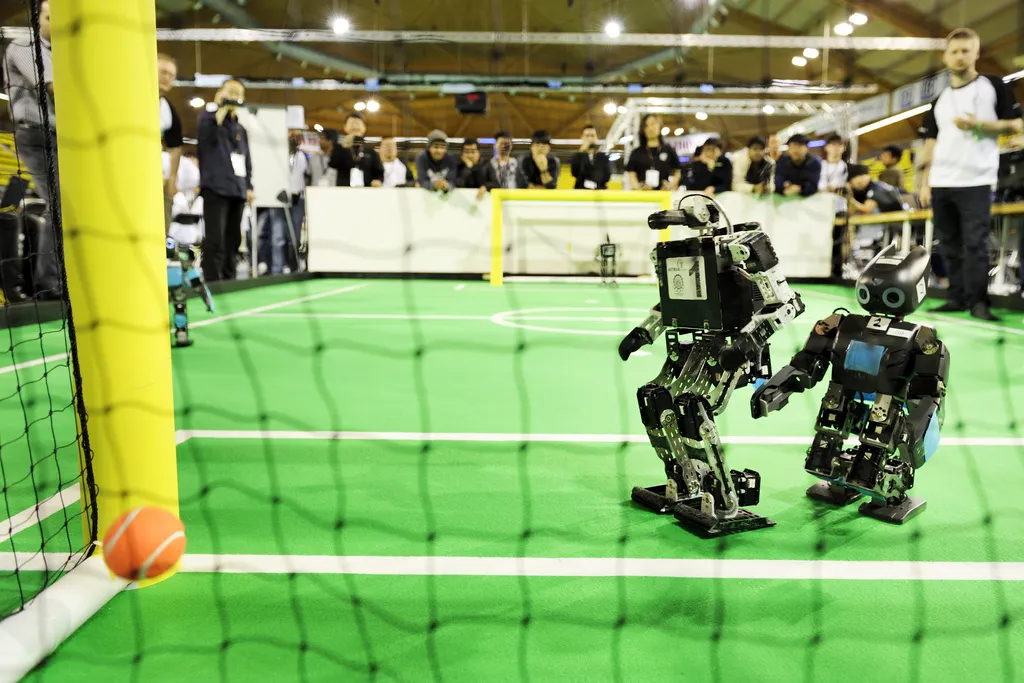
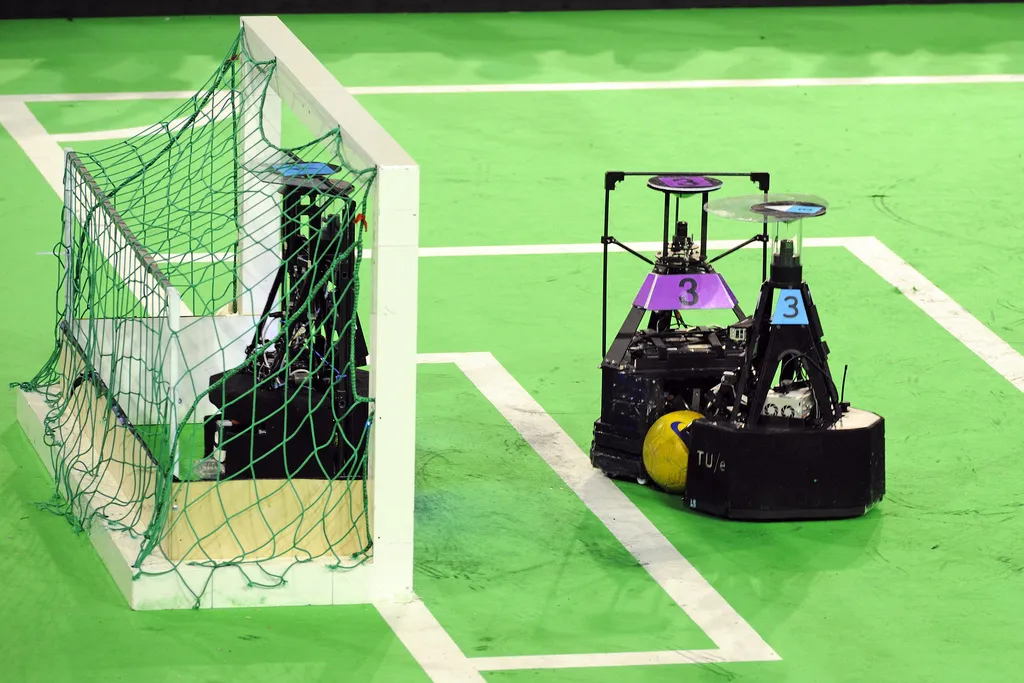




/https://tf-cmsv2-smithsonianmag-media.s3.amazonaws.com/accounts/headshot/natasha-geiling-240.jpg)